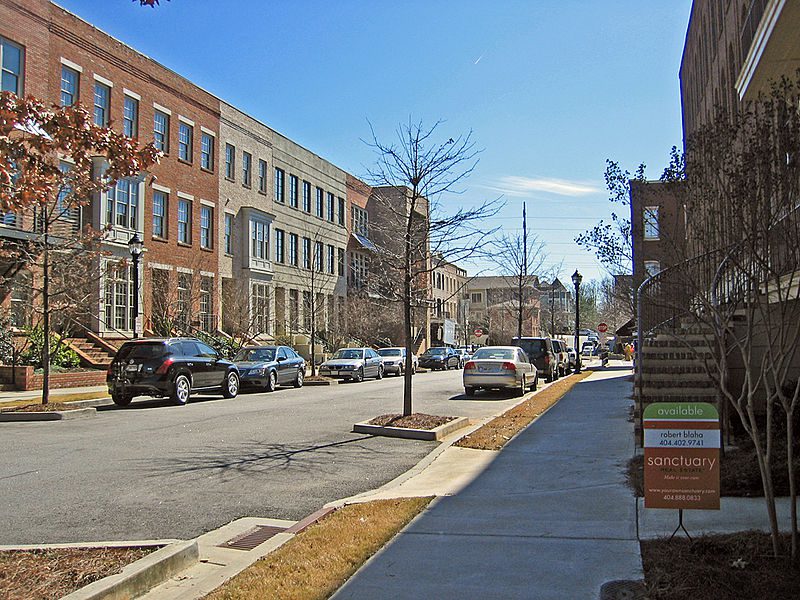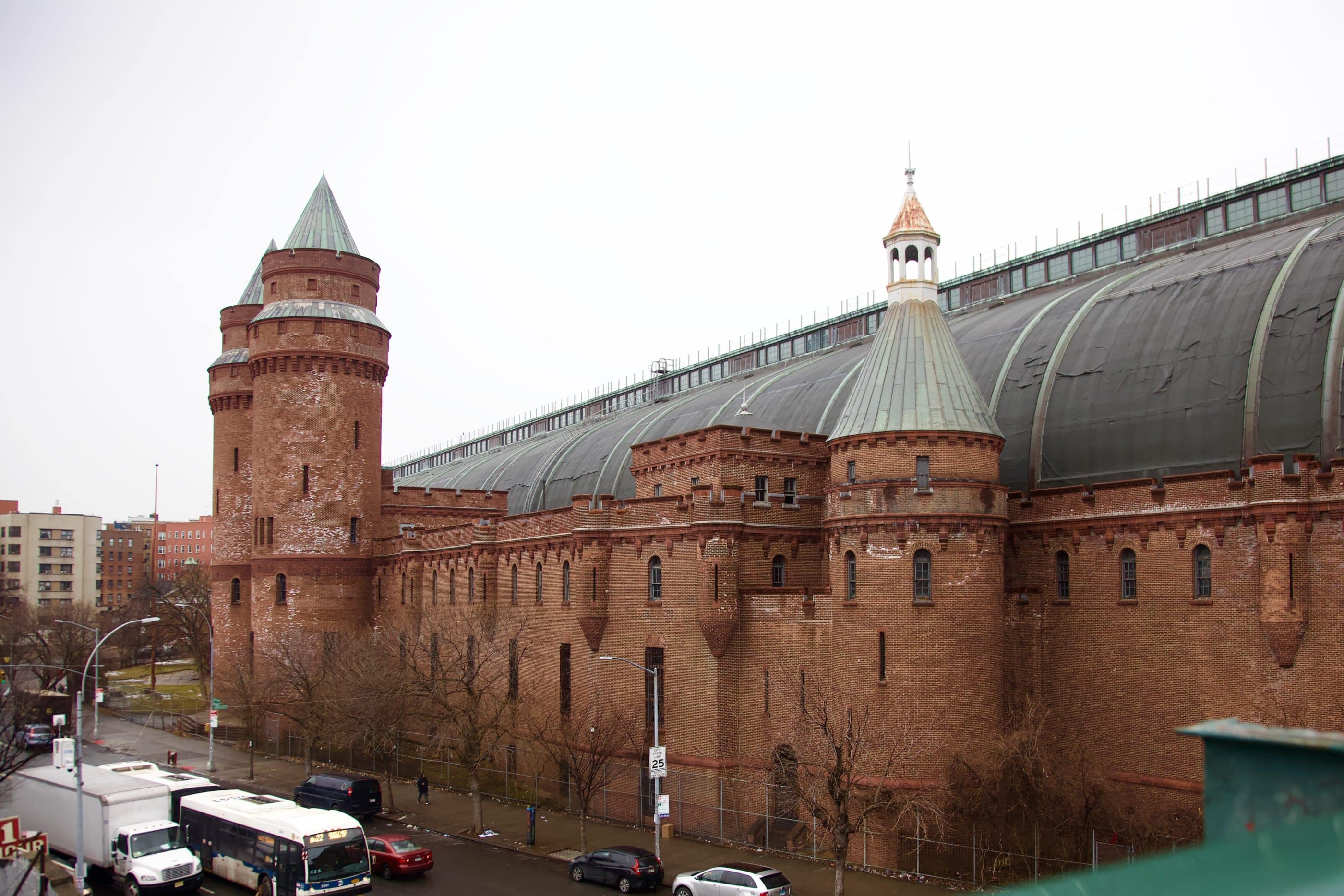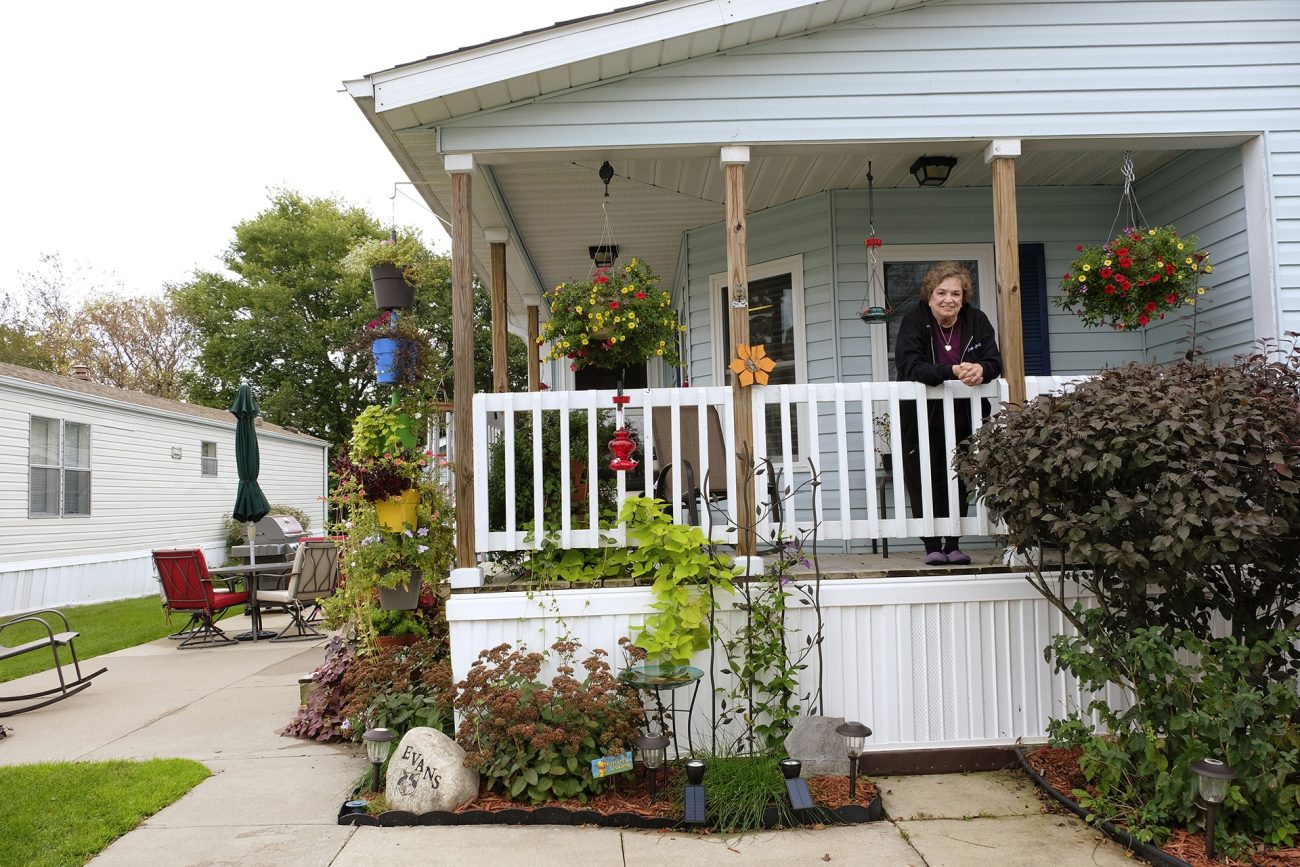 As people with choices move back into (some) urban areas that were abandoned/systematically disinvested from decades ago, gentrification is an increasingly common topic of debate. (Enough that those working in struggling metros that are not so worried about it get a little fed up with the conversation from time to time.)
As people with choices move back into (some) urban areas that were abandoned/systematically disinvested from decades ago, gentrification is an increasingly common topic of debate. (Enough that those working in struggling metros that are not so worried about it get a little fed up with the conversation from time to time.)
It's an emotional and tricky issue, with the very term, and the very existence, of the phenomenon or its ill effects debated. It's hard to have a nuanced conversation about it, though we at Shelterforce took a good stab it with this roundtable.
Professor John Joe Schlictman's conversation with the proprietor of the Vanishing New York blog is another fascinating example that's well worth a read.
Along with the pleasure of reading a conversation that doesn't shy away from difficult topics or get stuck in talking points, I particularly appreciated a few of Schlictman's less common points, including this observation about more or less productive ways for gentrifiers to participate in civic life:
Newcomers need to learn and utilize the existing political and organizational mechanisms of their neighborhood. . . . One great arrogance of gentrification is a newcomer’s desire to place new political and organizational mechanisms on top of the old; e.g., by starting a non-profit to “help the neighborhood” without any sense of context.
And this:
Nine times out of ten, the criticizer would have a problem with, let’s say, a suburban newcomer going back to where they came from too because that—the old order—is spatial segregation. That was the original problem. To which the answer is, presumably, some type of spatial integration, which is messy.
Daniel Hertz, writing at Atlantic Cities in a piece titled “There's Basically No Way Not to Be a Gentrifier,” responds to this latter conundrum by saying that when we have income inequality and a market-determined housing policy, anywhere someone with means lives will displace someone else from a desirable spot, whether directly or indirectly. Hertz calls upon those with means to put their energy into structural solutions—supporting affordable housing, anti-eviction protections, rent control, etc.—instead of fretting about where they live. This is a theme that comes up in the Vanishing conversation briefly as well.
I think it's a pretty good message, though I wonder if the “no good place to live” formula is so total if you don't limit yourself to looking at hot market regions. Maybe the answer (and I say this only partially tongue in cheek) for those torn up about which Bay Area or New York neighborhood to choose is to go to Youngstown. (Along with, of course, adovcating for more affordable housing funding.)
(Photo by Brett VA CC BY)





Comments